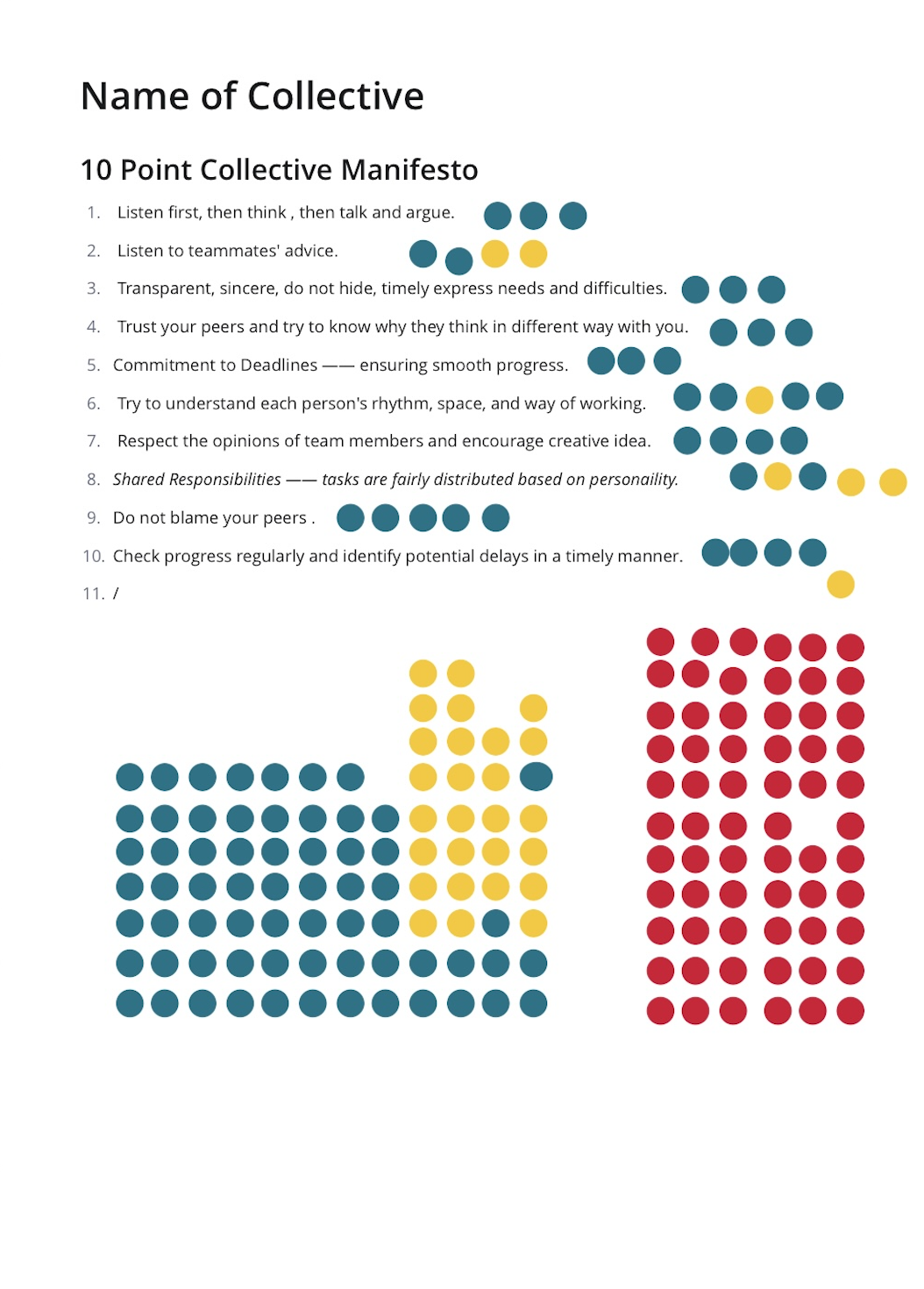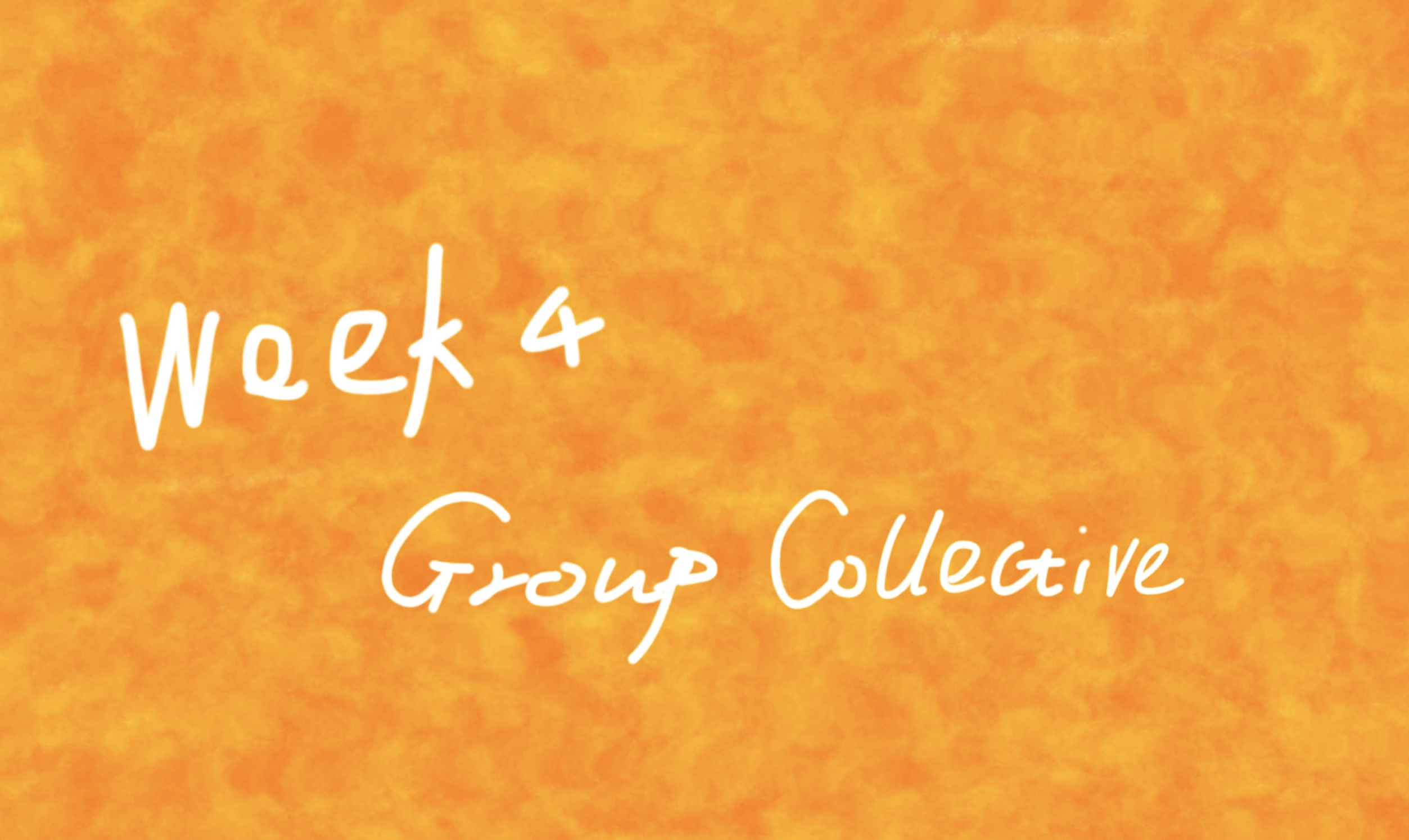This week, through course tutor Gabi’s lecture, we studied and discussed curatorial ethics. Through the research of the articles by two scholars, Martinon and Reilly, they both believe that curation is not just a tool, but an expanded role that goes beyond traditional functions and responsibilities. They both believe that today’s curation needs to ethically interact with multicultural narratives and histories. Both advocate that curation should acknowledge and address systemic issues such as institutional bias and representation. The difference is that Martignon focuses on the ethical and philosophical implications of curating in a decentralised, digital environment, while Riley emphasises curatorial activism, which aims to redress historical inequalities by giving voice to marginalised groups. Martignon’s approach is more theoretical and philosophical, while Riley emphasises concrete actions and social change.
Reflection on one’s position: It is important to reflect on one’s position as a curator, especially when considering the ethical dilemmas raised by both authors. If I am working in a context where institutional dominance is still a problem, the more reflective, ethically conscious curatorial practice proposed by Martignon may resonate more with me. On the other hand, if I want to challenge the systematic exclusion of marginalised voices, Relly’s view of curatorial activism may influence how I curate an exhibition. I might consider how my identity, professional background and personal values shape my curatorial ethics and how I can contribute to a more inclusive and diverse art world. So my topic is feminism, I think I resonate with Rieli’s views on curatorial activism, I hope more female artists can shine in the art world, and I am committed to exposing some of the oppression and struggles of women.
In the afternoon discussion, we discussed the ethics that curators should abide by and introduced the standards of peer review and the significance of teamwork. We also considered the significance of working together as a group, such as promoting diversity and inclusiveness, improving innovation and creativity, sharing resources and strengths, cultivating a collaborative spirit, enhancing a sense of collective responsibility and fairness, etc.
The discussion then moved on to the Ten Manifestos of Curating, with blue circles representing full agreement, yellow representing doubts, and red representing disagreement.




Leave a Reply